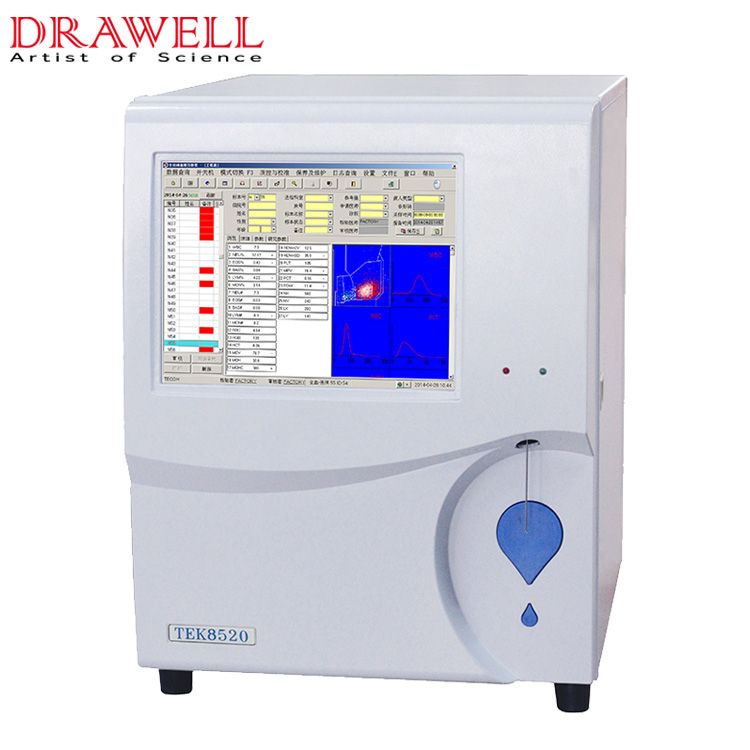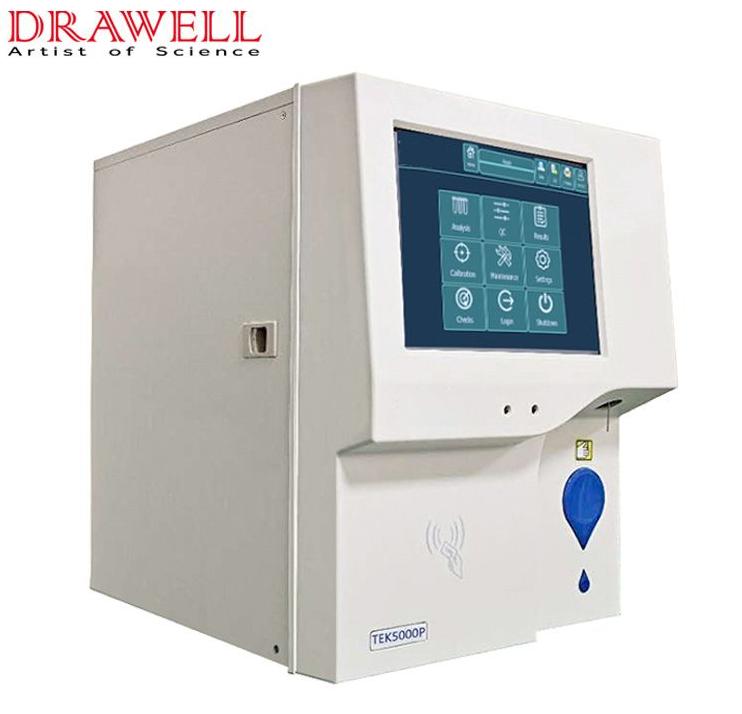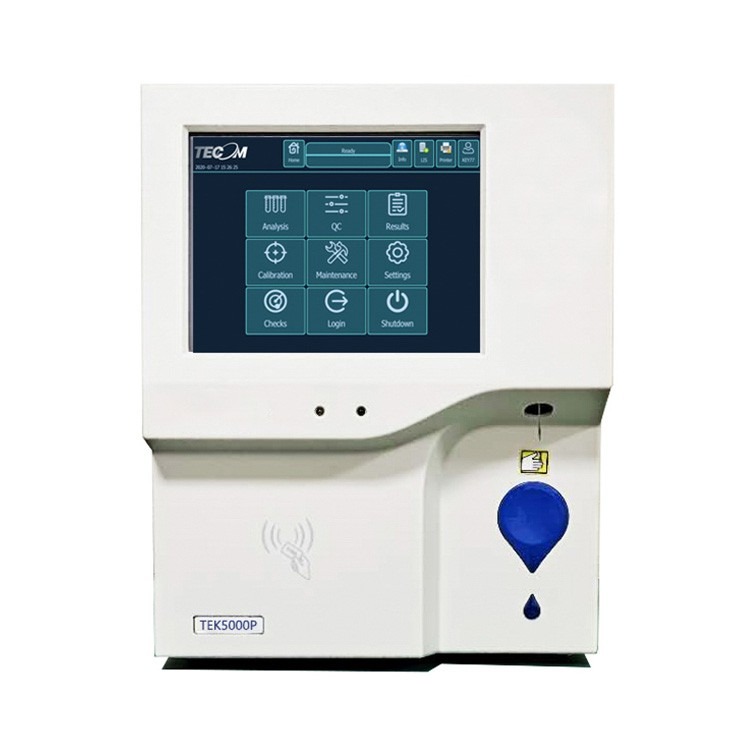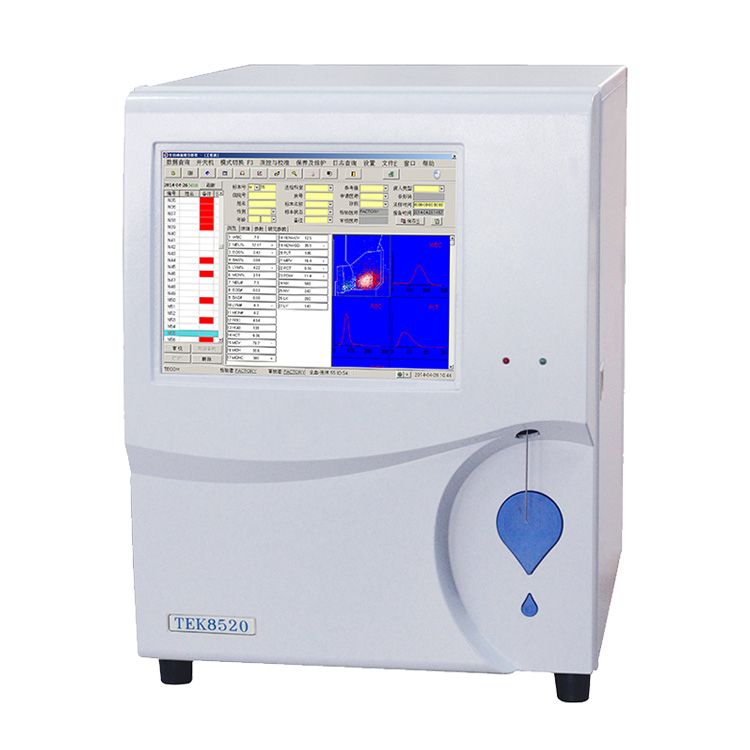In the realm of healthcare, countless diagnostic tools play pivotal roles in understanding a patient’s condition. Among these, automatic hematology analyzers stand out as crucial instruments for analyzing blood samples, offering valuable insights into a patient’s overall health and potentially uncovering various blood-related disorders. To fully appreciate the significance of these analyzers, delving into their working principle becomes essential. This article aims to demystify the intricate workings of automatic hematology analyzers, exploring the core technologies involved and illustrating the process of blood analysis from start to finish.

The Importance of Automatic Hematology Analyzers in Healthcare
Automatic hematology analyzers have become indispensable instruments in the modern healthcare landscape, playing a critical role in the diagnosis, monitoring, and management of various health conditions. These sophisticated devices offer numerous advantages over traditional manual methods of blood analysis, ensuring:
1. Increased Efficiency and Speed:
- Automation: Unlike manual methods, which are labor-intensive and time-consuming, automatic analyzers operate with minimal human intervention, significantly reducing processing time and expediting the delivery of results. This rapid turnaround time allows healthcare professionals to make timely decisions regarding diagnosis and treatment initiation.
- High-Throughput: Modern analyzers can process a large number of blood samples in a short period, catering to the demands of high-volume laboratory settings and ensuring efficient workflow management.
2. Enhanced Accuracy and Reliability:
- Standardization: Automatic analyzers operate based on pre-programmed algorithms and protocols, minimizing the potential for human error inherent in manual techniques. This standardization ensures consistent and reliable results across different analyzers and operators.
- Reduced Subjectivity: Compared to manual microscopy, which relies on subjective interpretation by skilled technicians, automatic analyzers provide objective measurements based on standardized methods, minimizing the risk of inconsistency in results due to individual judgment.
3. Comprehensive Analysis and Insights:
- Multiple Parameters: Automatic analyzers are capable of measuring a broad range of parameters beyond basic cell counts. These parameters, including red blood cell indices and white blood cell differentials, provide detailed insights into the health and function of various blood cell types, aiding in the identification of subtle abnormalities that might be missed by basic tests.
- Early Detection: By providing accurate and comprehensive data, automatic analyzers enable the early detection of various blood-related conditions, such as anemia, thalassemia, leukemia, and infections. Prompt diagnosis allows for timely intervention and treatment, potentially improving patient outcomes.
Working Principles of Automatic Hematology Analyzers
Two fundamental principles underpin the operation of automatic hematology analyzers: impedance counting and light scattering. These technologies provide the foundation for accurate measurement and analysis of blood cells.
1. Impedance Counting
- Principle: This technique utilizes the electrical properties of cells to determine their size. Blood cells are suspended in a conductive solution (a liquid that allows electricity to flow). When an electric current passes through this solution, the presence of a cell disrupts the flow, causing a change in electrical impedance.
- Measurement: Larger cells offer greater resistance to the electric current, resulting in a larger change in impedance compared to smaller cells. As individual cells pass through a microscopic channel, the analyzer measures these changes in impedance.
- Analysis: By analyzing the distinct voltage fluctuations associated with different impedance changes, the analyzer can count and size both red blood cells (RBCs) and white blood cells (WBCs).
2. Light Scattering
- Principle: This technique leverages the way light interacts with objects of varying sizes and internal complexities. When a focused beam of light, typically from a laser, is directed at a blood cell, the light gets scattered in different directions depending on the cell’s characteristics.
- Detection: The analyzer strategically positions detectors at different angles around the sample to measure the intensity of scattered light at those specific angles.
- Analysis: By analyzing the patterns of scattered light received by the detectors, the analyzer can differentiate between different cell types based on their size and internal structure. This information is crucial for identifying various subtypes of white blood cells, providing valuable insights into the immune system’s response to different conditions.
These two core technologies, impedance counting, and light scattering work together in automatic hematology analyzers to provide a comprehensive and accurate picture of the cellular composition of blood samples, aiding healthcare professionals in diagnosing and monitoring various health conditions.
The Process of Blood Analysis
Before unveiling the secrets hidden within a blood sample, automatic hematology analyzers meticulously prepare it through several crucial steps:
1. Dilution and Mixing
The blood sample is diluted with a specific solution, usually at a predetermined ratio. This ensures optimal cell concentration within the sample, preventing cell clumping that could interfere with accurate analysis. Additionally, depending on the parameters being analyzed, specific reagents might be added during this stage. These reagents can play various roles, such as lysing (breaking down) red blood cells to facilitate white blood cell analysis or enhancing the binding of specific stains to differentiate cell types.
2. Separation
Not all analyzers employ this step. In some models, however, separating red blood cells (RBCs) from white blood cells (WBCs) might be necessary for a more accurate analysis.
Techniques: Two primary techniques are commonly used for separation:
- Hydrodynamic focusing: This method utilizes microfluidic channels and carefully controlled fluid flow to physically separate RBCs and WBCs based on their size and density differences.
- Centrifugation: This technique spins the sample at high speed, causing the heavier RBCs to sediment at the bottom of the tube, while the lighter WBCs remain closer to the top. This allows for easier separation.
3. Staining
In some instances, specific stains might be used to differentiate between different types of white blood cells based on their internal characteristics. These stains are designed to bind to specific components within the cells, such as DNA or specific proteins.
By attaching to different cell components, the stains create unique color variations amongst various WBC subtypes. The analyzer can then identify and count these different subtypes with greater accuracy based on the specific color patterns they exhibit.
Following these steps, the processed sample is ready to be analyzed by the core technologies of the analyzer, providing valuable insights into blood cell health and composition. This careful and multi-step process ensures the analyzer receives accurate data for producing reliable and informative results.
Transforming Data into Meaningful Information
Once the processed blood sample undergoes analysis using impedance counting and light scattering, the obtained data, in the form of electrical impedance changes and scattered light patterns, is far from being directly interpretable. To unlock the hidden meaning within these raw measurements, the analyzer’s internal software steps in. This software plays a critical role in transforming the raw data into clinically relevant information:
1. Algorithms: Sophisticated algorithms are employed by the software to analyze the complex patterns of electrical impedance changes and scattered light intensity obtained during the analysis. These algorithms are designed to decipher the information hidden within these patterns and translate them into meaningful parameters.
2. Clinical Parameters: Through this algorithmic analysis, the software calculates and generates various clinically relevant parameters, including:
- Red Blood Cell Count (RBC): This parameter reflects the total number of red blood cells present in a specific volume of blood (typically expressed in millions per microliter).
- Red Blood Cell Indices (MCV, MCH, MCHC): These indices provide additional details about the characteristics of red blood cells, such as their average size (MCV – Mean Corpuscular Volume), average hemoglobin content per cell (MCH – Mean Corpuscular Hemoglobin), and hemoglobin concentration within a single red blood cell (MCHC – Mean Corpuscular Hemoglobin Concentration).
- White Blood Cell Count (WBC): This parameter signifies the total number of white blood cells present in a specific volume of blood (typically expressed in thousands per microliter).
- White Blood Cell Differential: This analysis reveals the percentage distribution of various white blood cell subtypes (e.g., lymphocytes, neutrophils, monocytes, etc.) within the sample, providing insights into the immune system’s potential responses to different conditions.
- Hemoglobin Concentration: This parameter reflects the amount of hemoglobin, the oxygen-carrying protein within red blood cells, present in a specific volume of blood (typically expressed in grams per liter).
- Hematocrit: This parameter indicates the percentage of blood volume occupied by red blood cells.
- Presentation of Results: The final product of this intricate data processing is a set of clear and concise results, typically displayed on a screen or printed in a report format. This information empowers healthcare professionals to interpret the findings accurately and make informed decisions regarding diagnosis, treatment options, and patient care plans.

Conclusion
Automatic hematology analyzers represent a significant advancement in the field of medical diagnostics. By harnessing the power of impedance counting and light scattering, these ingenious devices offer a rapid, efficient, and automated way to analyze blood samples, providing invaluable insights into a patient’s health. Understanding the intricate workings of these analyzers not only fosters appreciation for the technological marvel they represent but also reinforces their crucial role in ensuring accurate diagnoses and promoting optimal patient care.


